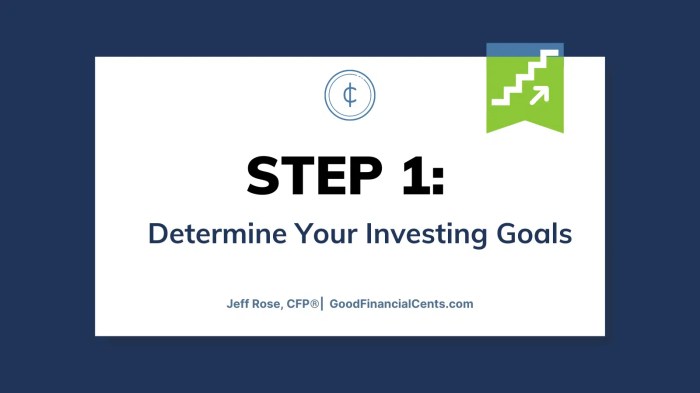Embark on a journey to turn $1,000 into $10,000 with this comprehensive guide that covers investment options, diversified portfolios, and effective strategies.
Learn how to navigate the world of investments and make the most out of your money with expert advice and practical tips.
Investment Options

Investing $1,000 is a great start to building wealth, but deciding where to invest can be overwhelming for beginners. Here are some common investment options to consider, each with its own risks and potential returns.
Stocks
Stocks represent ownership in a company and can offer high returns but also come with high risks. Prices can be volatile, and individual companies can go bankrupt, causing you to lose your investment.
Bonds
Bonds are debt securities issued by governments or corporations. They are considered safer than stocks but typically offer lower returns. However, they provide a fixed income stream, making them a more stable investment option.
ETFs (Exchange-Traded Funds)
ETFs are investment funds that are traded on stock exchanges, similar to individual stocks. They offer diversification by holding a basket of assets, reducing risk compared to investing in a single stock. ETFs can provide a balance between risk and return.
Mutual Funds
Mutual funds pool money from multiple investors to invest in a diversified portfolio of assets. They are managed by professionals and offer diversification. However, they come with management fees that can eat into your returns over time.
Creating a Diversified Portfolio

Diversification is a strategy that involves spreading your investments across different asset classes to reduce risk. By diversifying your portfolio, you can potentially minimize the impact of a single asset’s poor performance on your overall investment returns.
Benefits of Diversification
Diversification helps in reducing the overall risk of your investment portfolio by spreading it across various assets. This approach can protect you from significant losses if one asset class underperforms. Additionally, diversification can potentially increase your chances of achieving more stable returns over the long term.
- Diversifying across asset classes such as stocks, bonds, and real estate can help you capture different market trends and economic cycles.
- Allocating funds to both domestic and international investments can provide exposure to different regions and currencies.
- Including assets with varying levels of risk, such as equities and fixed income securities, can balance the overall risk profile of your portfolio.
Investment Strategies

Investment strategies play a crucial role in the success of your investment journey. It is essential to understand the difference between long-term and short-term investing, set clear investment goals, and know how to monitor and adjust your investments over time.
Long-term vs. Short-term Investing
Long-term investing involves holding onto investments for an extended period, typically five years or more. This strategy allows investors to benefit from compounding returns and ride out market volatility. On the other hand, short-term investing focuses on making quick profits by buying and selling assets within a short time frame, often within a year.
Importance of Setting Investment Goals
Setting clear investment goals is crucial for guiding your investment decisions and measuring your progress. Whether your goal is to save for retirement, buy a home, or fund your children’s education, having a specific target in mind will help you stay motivated and make informed choices.
Tips on Monitoring and Adjusting Investments
- Regularly review your investment portfolio to ensure it aligns with your risk tolerance and financial goals.
- Monitor market trends and economic indicators that may impact your investments.
- Consider rebalancing your portfolio periodically to maintain diversification and manage risk.
- Stay informed about the performance of your investments and be prepared to make adjustments as needed.
Summary

In conclusion, mastering the art of investing $1,000 to reach $10,000 is within your grasp by following the Artikeld steps diligently and staying informed about market trends.